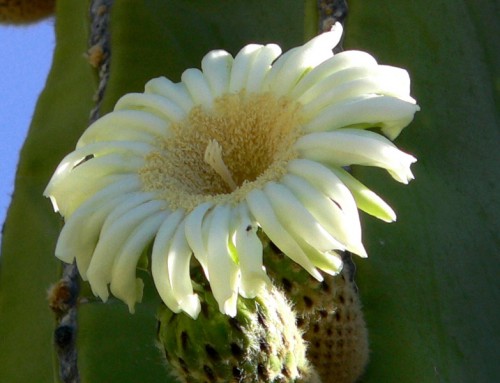Spotlight Series contains blog posts written by Searcher naturalists on curious and fascinating topics from our Searcher Natural History Tours to Baja California. Search for “Spotlight Series” to read them all.
by Searcher naturalist, Paul Jones
John Xantus, was born in Hungary on October 5, 1825 as John Xantus de Vesey a.k.a. de Csíktaplócza1. His name at birth, in a small town in the former county of Somogy of the Kingdom of Hungary, was Xántus János. His life was as varied as the different names by which he was known, but that number falls far short of the long list of plants and animals that are named after this distinguished naturalist.
Xantus was an officer in the Hungarian army and was captured during nationalist uprisings. In 1850 he was exiled to Prague. He escaped and landed in the United States by way of Amsterdam.
Trained as a lawyer before becoming an officer, he was a jack-of-all-trades and worked in the US as a bookseller, teacher, druggist and eventually as a hospital steward. When he arrived in the US, he joined the US Army and met Dr. William Alexander Hammond. Hammond was a collector for the zoologist Spencer Fullerton Baird. Baird was a renowned biologist and was the first curator and eventually the assistant secretary of the Smithsonian Institute.
Xantus sent many specimens from Fort Tejon in Southern California where he was stationed as a sergeant in 1857 and from his post in Cabo San Lucas where he was sent to be a tidal observer. According to John Steinbeck, Xantus also left a legacy of “great grandchildren” in the area, but his most famous work was in observing nature and sending specimens back to Baird in the US. You may be familiar with Hammond’s vireo, which he named after his mentor.
After returning from Baja, he went to work for the Department of State in Mexico. Depending on who you believe 3, he left his consular position either because he embarrassed the US government or because the French intervened in Mexico. In any case, he returned to Hungary where he served as curator in the Hungarian National Museum and later did more collecting in Asia before his death in 1894.
In return for his fine service, many animals and plants have been named for him by other biologists such as1:
- Synthliboramphus hypoleucus – Xantus’s murrelet
- Hylocharis xantusii – Xantus’s hummingbird (photo by Rich Crossen)
- Labrisomus xanti – largemouth blenny, rock blenny
- Halichoeres xanti – earmuff wrasse (current scientific name, Halichoeres bicolor)
- Umbrina xanti – Polla drum, golden drum, golden croaker
- Phyllodactylus xanti – Xantus’ leaf-toed gecko, leaf-toed gecko[7]
- Portunus xantusii – Xantus’ swimming crab
- Xantusiidae, the night-lizards family, plus the subfamily Xantusiinae, and the genus Xantusia
- Clarkia xantiana – Xantus’ clarkia, gunsight fairyfan
- Euphorbia xanti – shrubby euphorbia
- Chaenactis xantiana – Xantus’ pincushion, Mojave pincushion
- Chorizanthe xanti – Xantus’ spineflower
- Polygala xanti – Xantus’s milkwort
- Mimosa xanti
- Solanum xanti
An iconic species named after this incredible biologist is the Xantus’ hummingbird, an endemic of the Cape region and which we often see on Searcher trips.
I feel badly for Xantus, not just because he suffered from his difficult living conditions in Cabo San Lucas, but also he no longer has his name linked to the Xantus’s Murrelet. Recently, ornithologists of the American Ornithological Society split the species into two, thus giving us the Guadalupe Murrelet and the Scripps’s Murrelet (which previously were subspecies of the Xantus’s Murrelet). We see both of these species on Searcher trips, so that puts the birders among us in the bonus round.

Guadalupe murrelet
1 Wikipedia https://en.wikipedia.org/wiki/John_Xantus
2 http://tejonconservancy.blogspot.com/2015/02/famous-naturalist-profile-john-xantus.html
3 http://www.macroevolution.net/john-xantus.html




